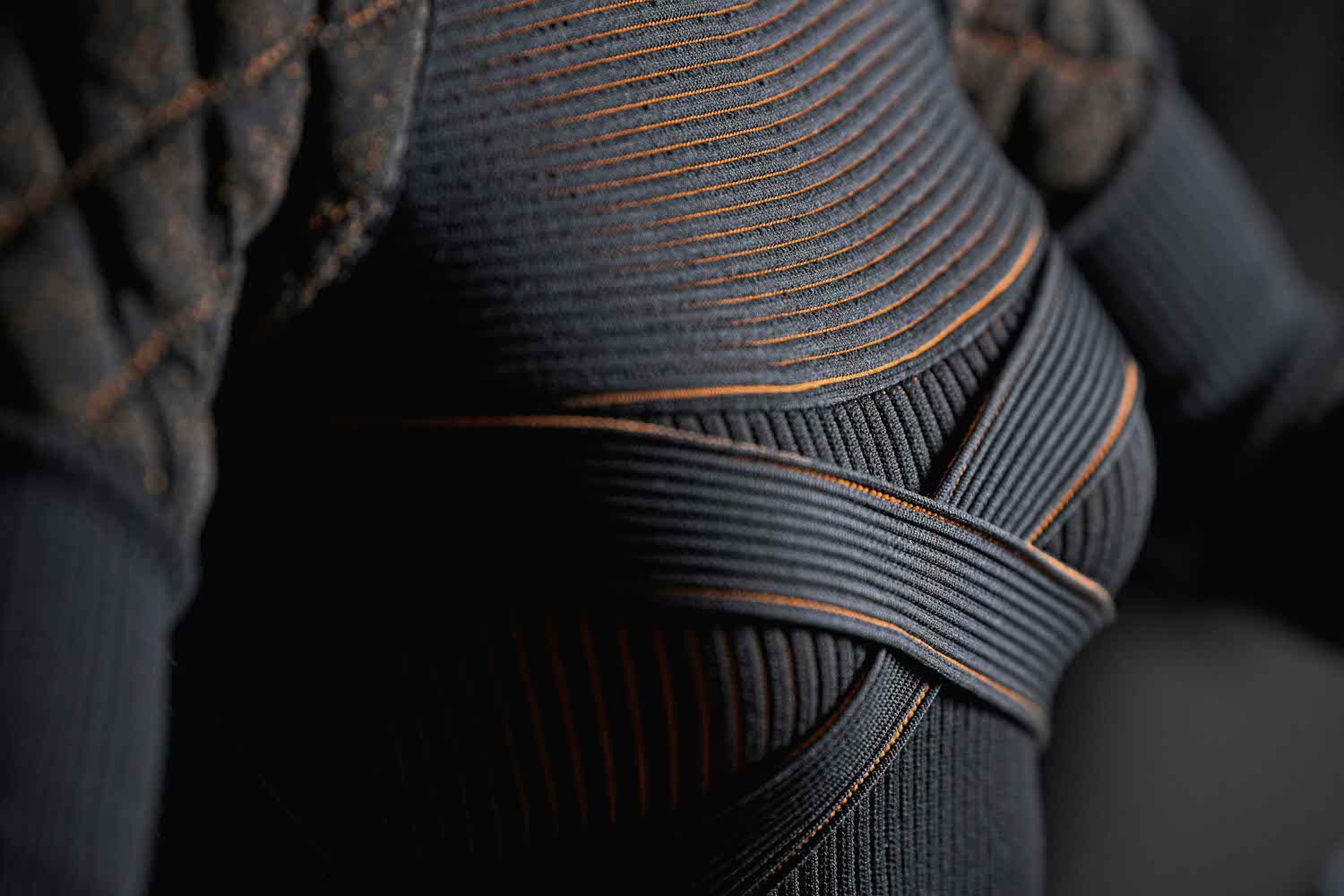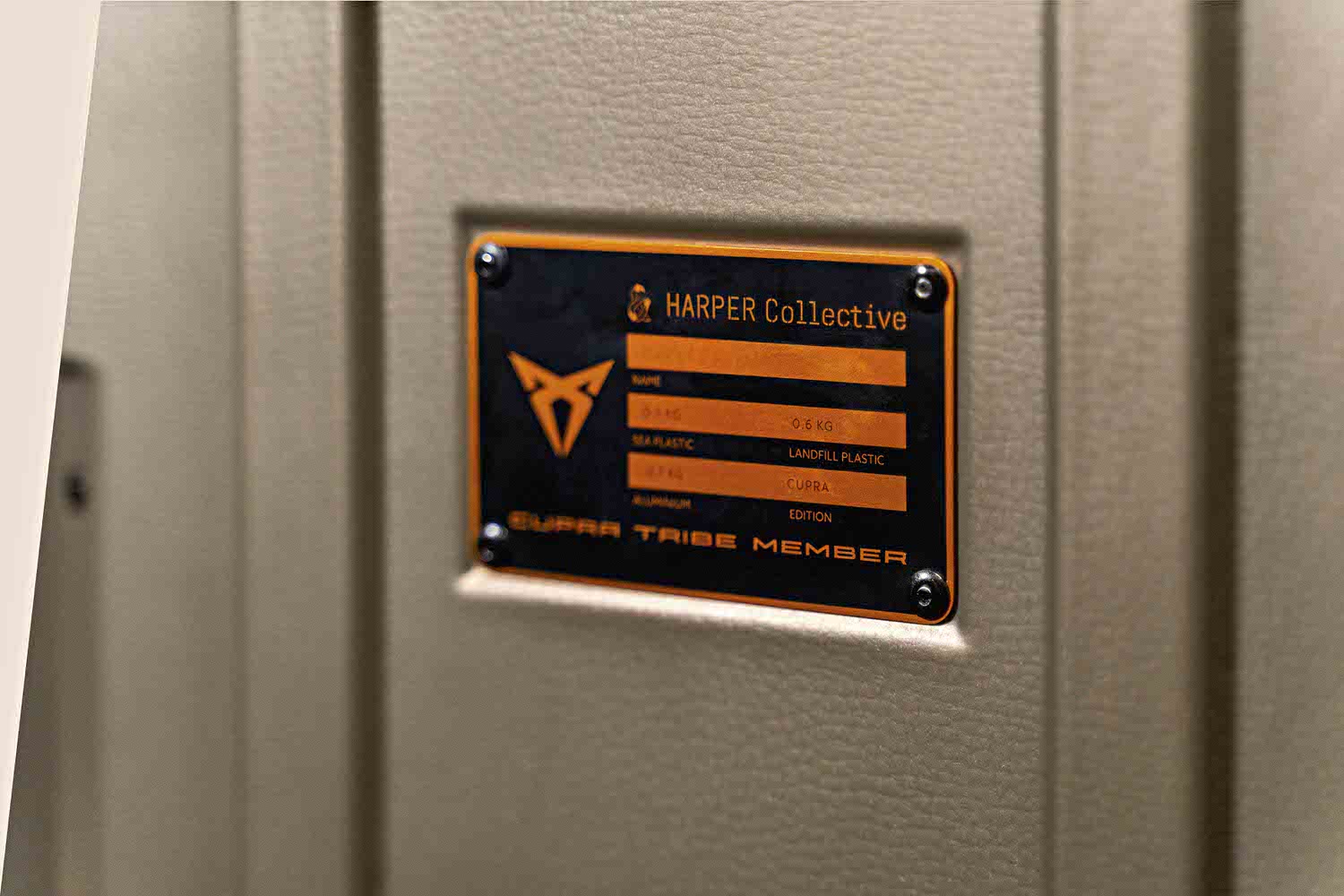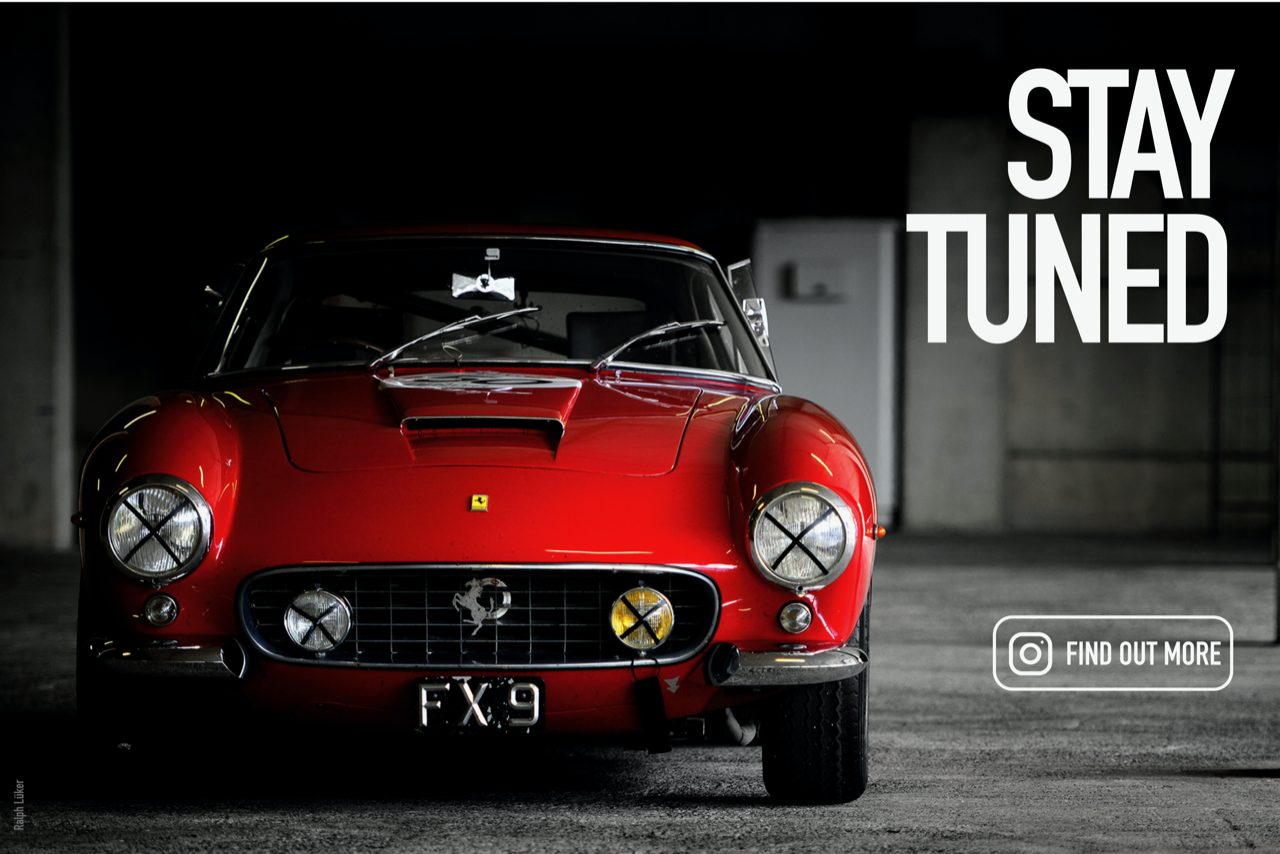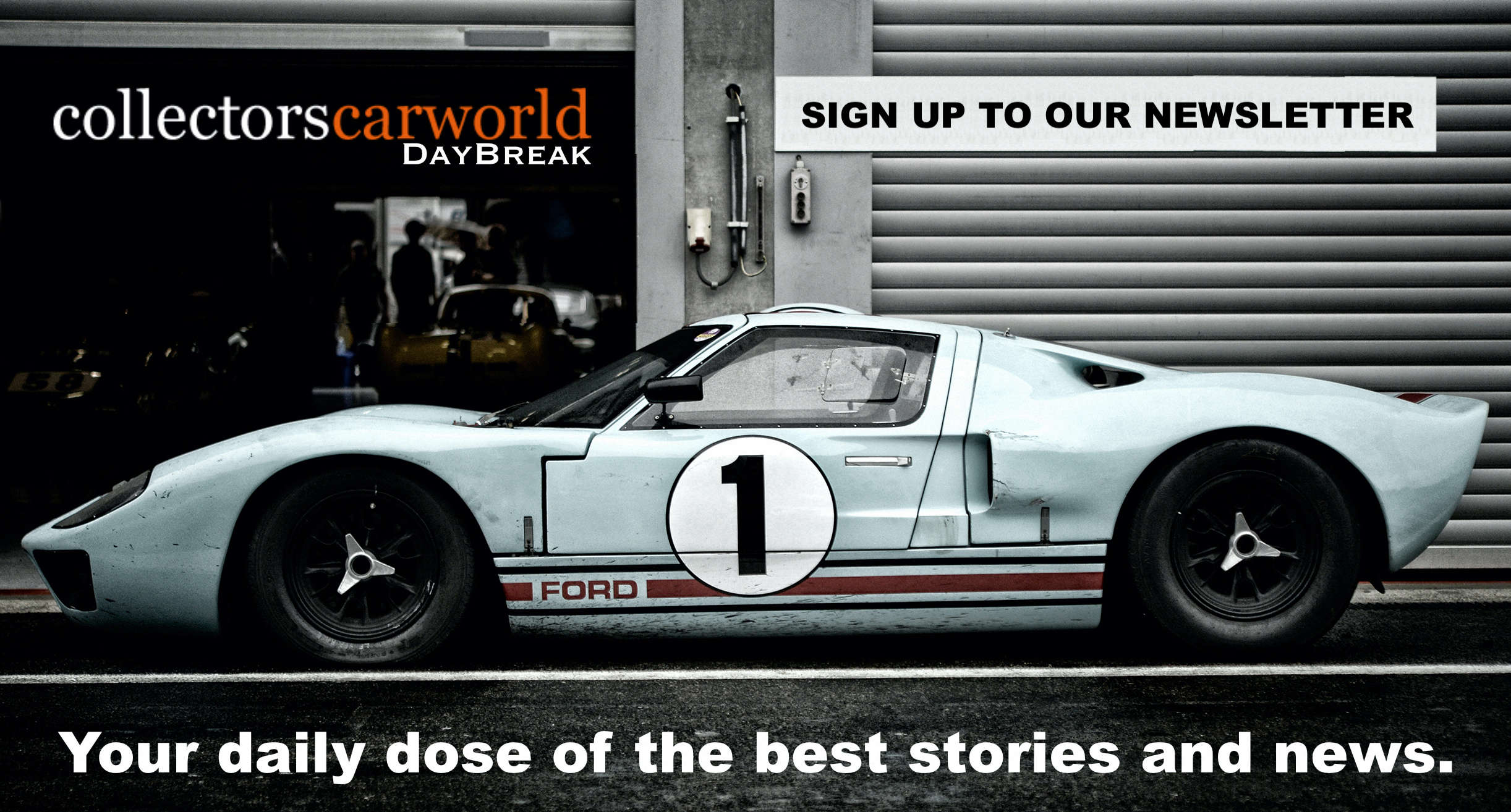Fashion isn’t just an accessory to mobility. It’s part of the movement. CUPRA has taken this idea and turned it into a radical design philosophy – creating its own creative ecosystem in the process: the CUPRA Design House.
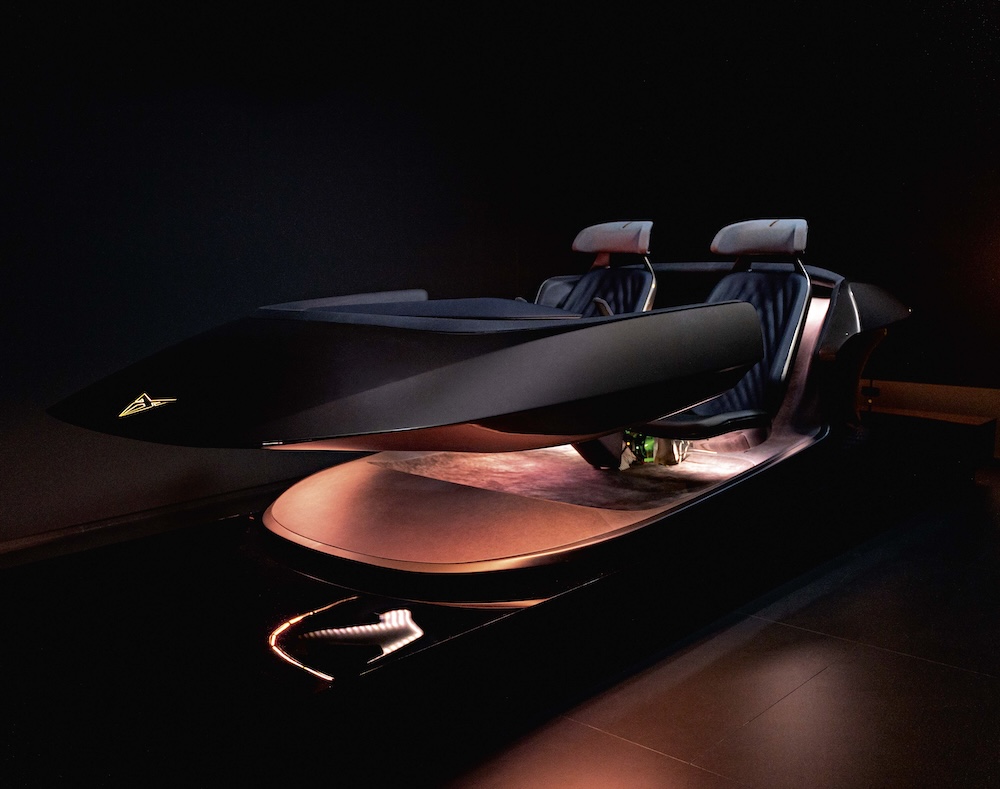
Fashion and mobility – that’s never simply been a marriage of convenience. It’s always been more of a wild love affair with style. Right from the start. Already the first race car drivers knew: a racing suit doesn’t just offer protection, it also makes a statement. Which made it a natural extension of fashion. Quilted stitching, tough fabrics, patterns and shapes – everything could start on the track and end up on the runway. Some things made it there because they were simply more functional and technically advanced. Others simply because they looked cool.

Now CUPRA is picking up this thread again – but not just to slap a logo onto a hoodie. This is about creating an entire design philosophy. A statement in fabric, cut and sensorics. Welcome to the CUPRA Design House. Ignasi Prieto, Chief Brand Officer at CUPRA, puts it this way: “The CUPRA Design House is the ultimate manifestation of our impulse to experiment, to reinvent and to create a legacy that is as bold as it is beautiful.” Sounds like marketing speak? Maybe. But here, what sounds playful is actually being put into practice.
It all revolves around four pillars. The first is the CUPRA Collection. Here, clothing isn’t seen as a vehicle for trends but as a tool for bodies in motion. An activewear line for people who push their limits in sports. What stands out are the materials. 3D printing. 3D knitting. Technologies CUPRA first showcased in the UrbanRebel Concept Car. Precision meets aesthetics. The result isn’t just sustainable – no offcuts – but also distinctive, thanks to its striking look. A taste of how CUPRA reinterprets design can already be found in the interior of the Tavascan, where a center console runs through the cabin like a spine, accentuated with 3D mesh.
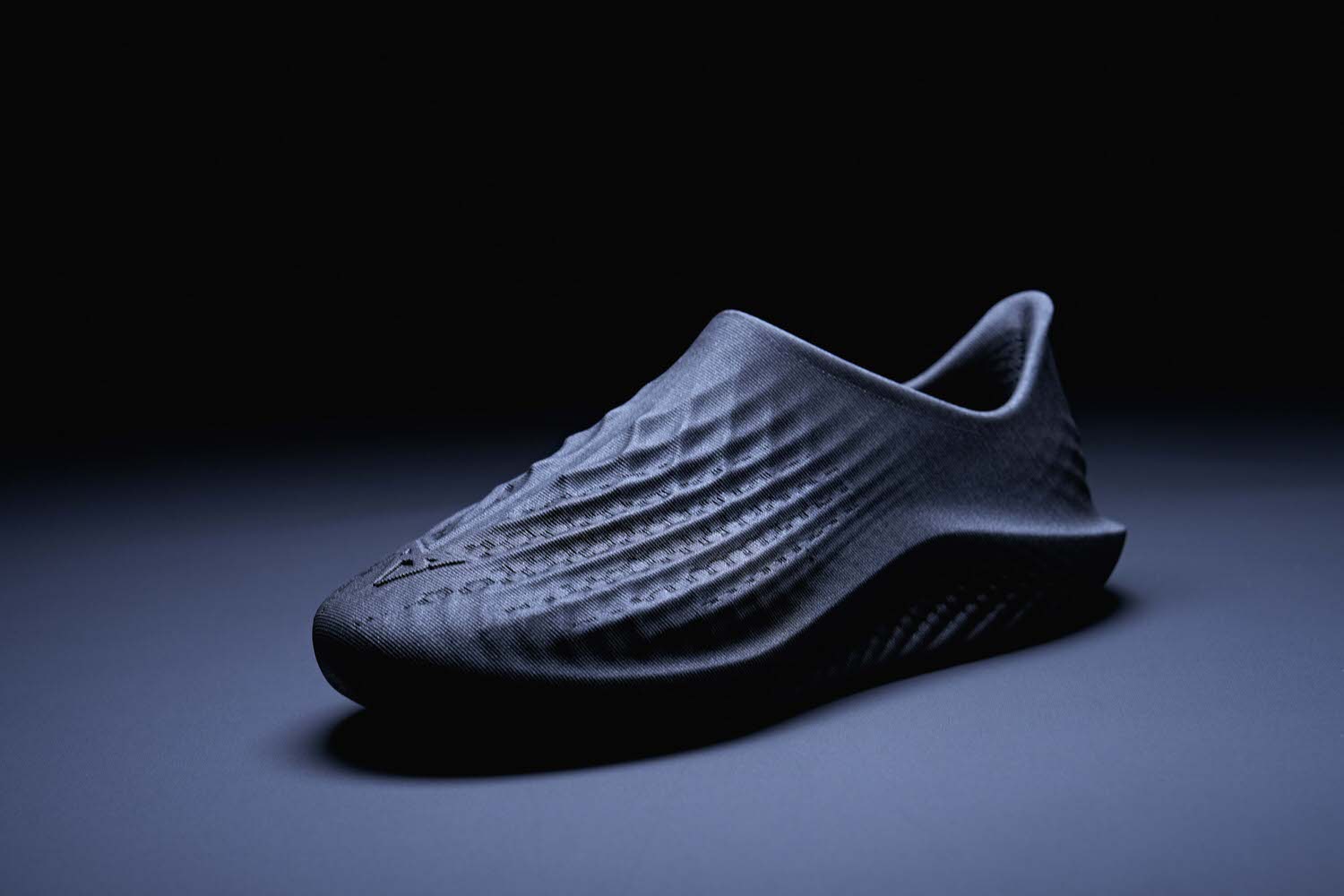
The second pillar is called CUPRA Collabs. This involves partnerships with brands that also operate on the edge of the ordinary. For example, a sneaker prototype made using 3D printing, developed together with Hamburg-based Zellerfeld, a company shaking up the sneaker industry. The sneaker combines parametric design with flowing movement. “Parametric” here means that the shapes aren’t fixed but are generated and adjusted flexibly using variable parameters. What’s particularly fascinating is the additive manufacturing process, where the product is built up layer by layer – no traditional tools, no adhesives, no stitching. The result is a mono-material shoe with an organically textured surface that feels alive and shifts with every step.
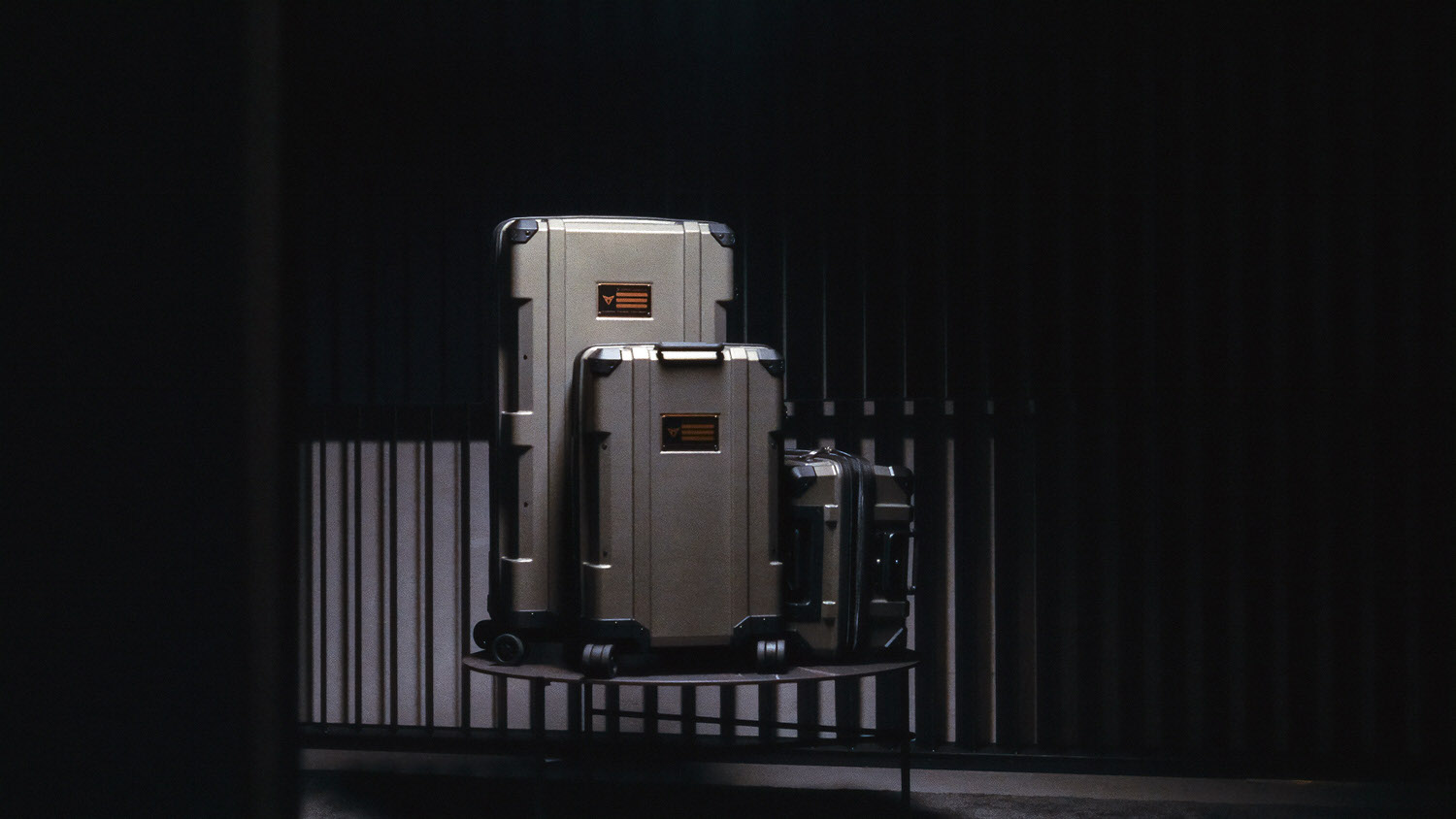
Another collaboration is with Harper Collective, the sustainability-focused label founded by Jaden Smith and Sebastian Manes. The resulting luggage line, made from recycled materials sourced through ethical production, directly references CUPRA’s design language with bronze details and fabrics drawn from the interiors of CUPRA show cars.
These collaborations are all about opening up new perspectives with visionary partners, challenging the status quo and sparking new impulses – as Cécilia Taïeb, Chief Operating Officer of the CUPRA Design House, puts it: “The CUPRA Design House is where we will come together with creatives and brands who share our vision to use design to challenge conventions and embrace the unknown. Inspired by the essence of our cars, and by the materials we use to make them, we will be driven by our bold design ethos to explore new frontiers and build partnerships to push the boundaries and transform ideas into tangible realities.”
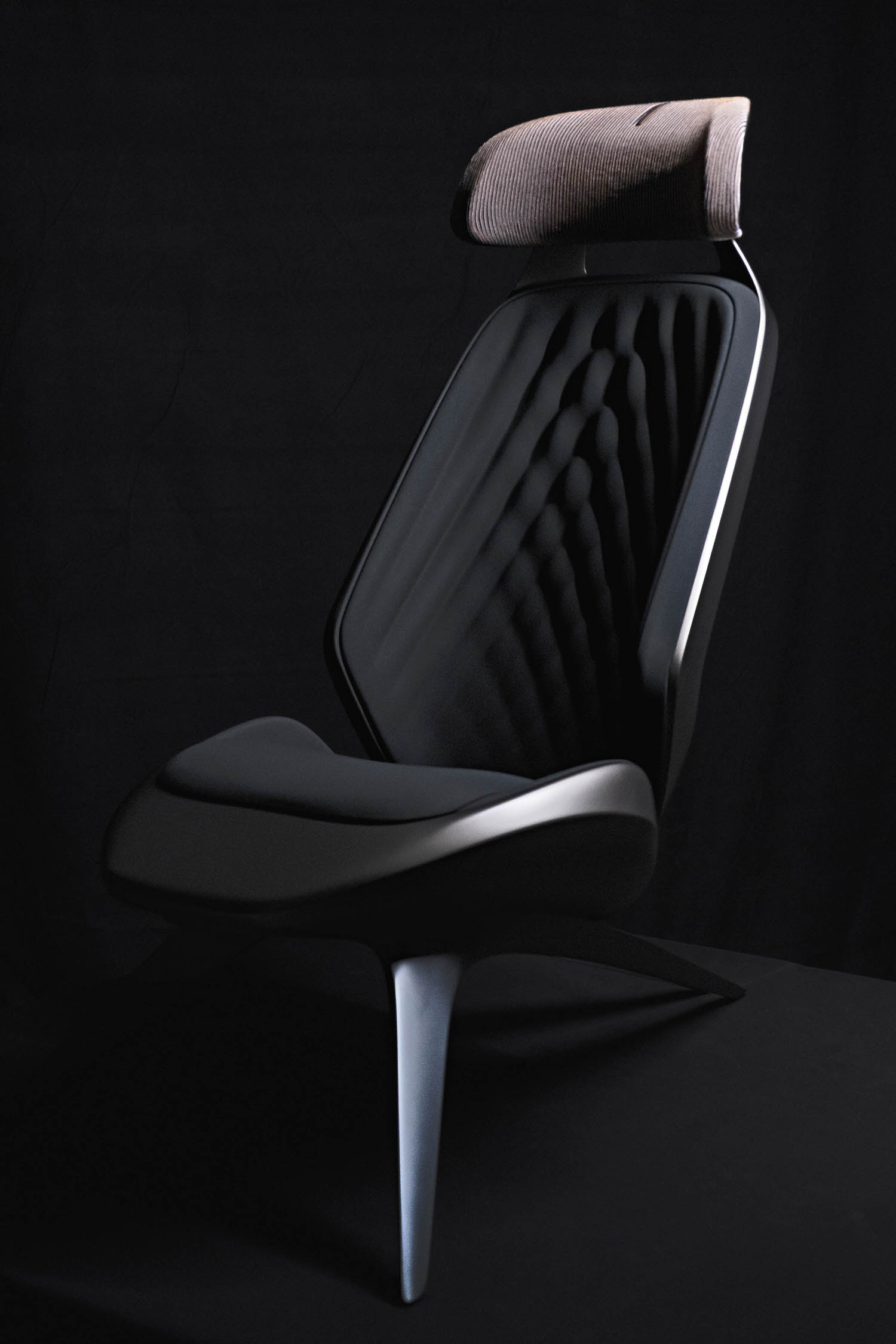
With CUPRA Beyond, the third pillar, the Design House expands into the world of interiors – specifically with a lounge chair that reacts to touch. No gimmick here. It’s an attempt to embrace emotion as a serious design parameter. Furniture that doesn’t just invite you to sit but makes you feel something.
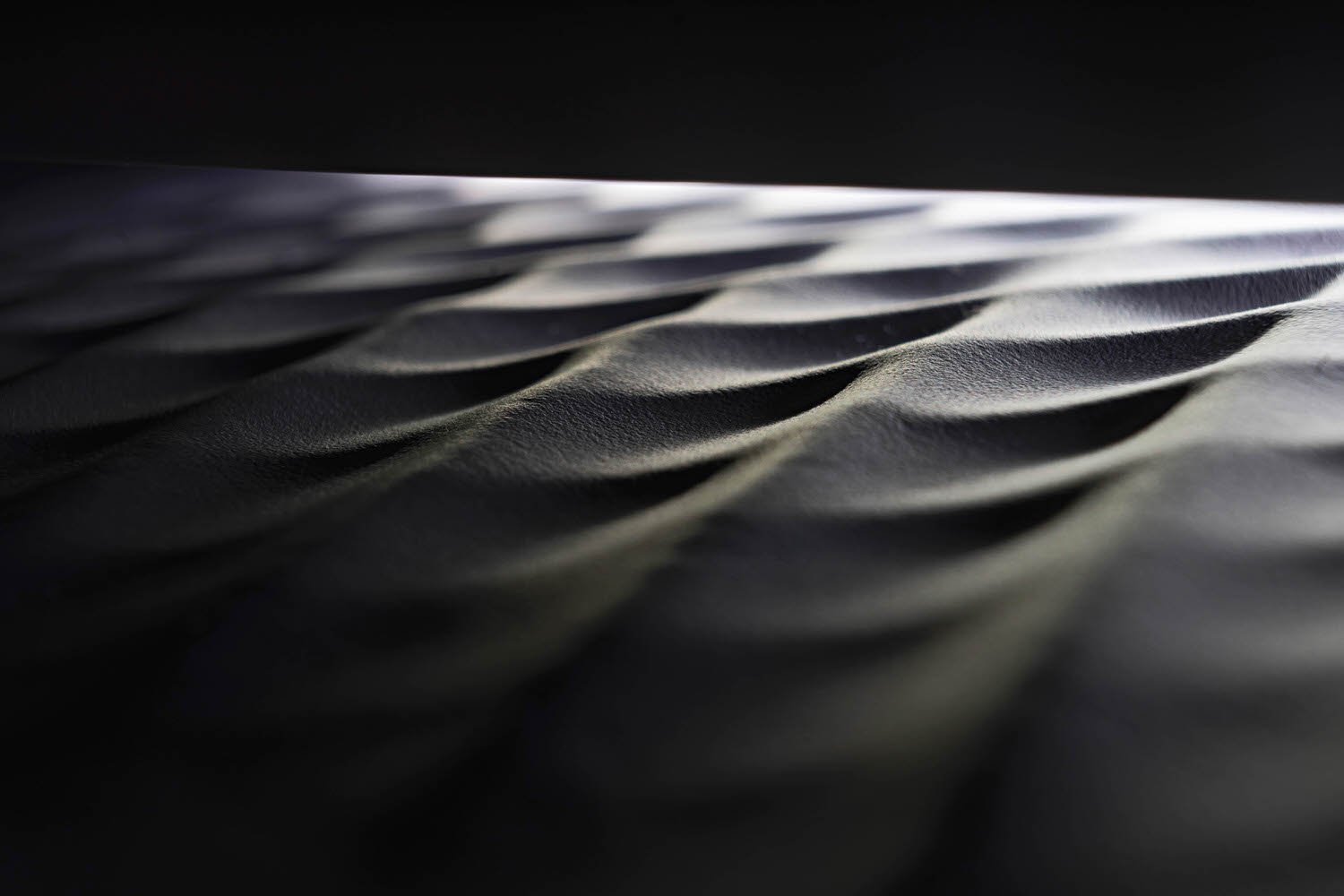
That leaves the fourth pillar: CUPRA Accessories. Details that serve as a bridge between humans and machines. Not as decoration, but as connecting elements. Materials. Surfaces. And the promise that personalization means more than just changing the color of the stitching.
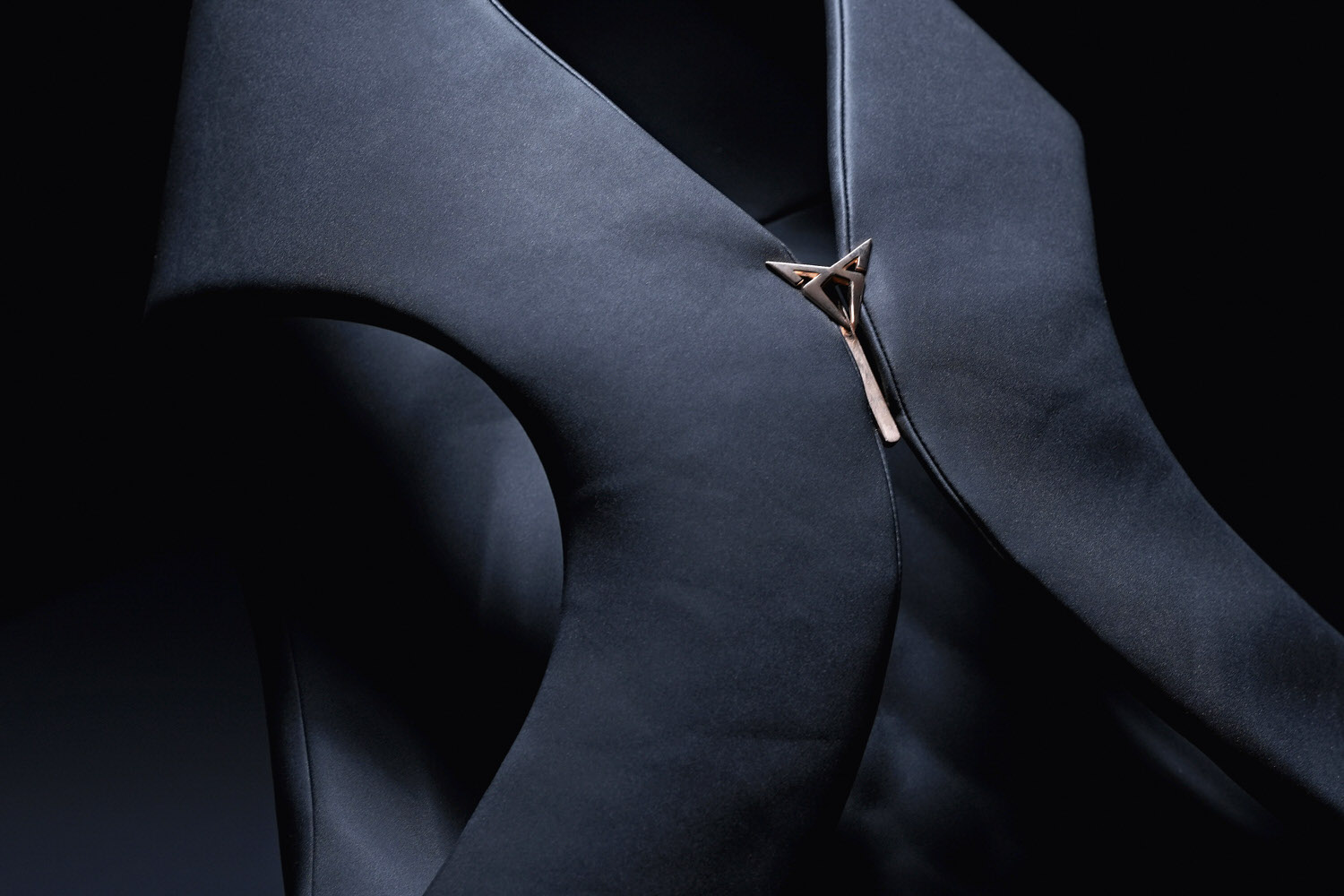
In the end, the impression sticks: this isn’t about a car brand dabbling in fashion. It’s about opening a new chapter in the relationship between body and machine, material and emotion, road and style. And we’re more than happy to stay tuned.
TEXT: Wiebke Brauer
PHOTOS: CUPRA
ramp #68 Happy as a Clam


